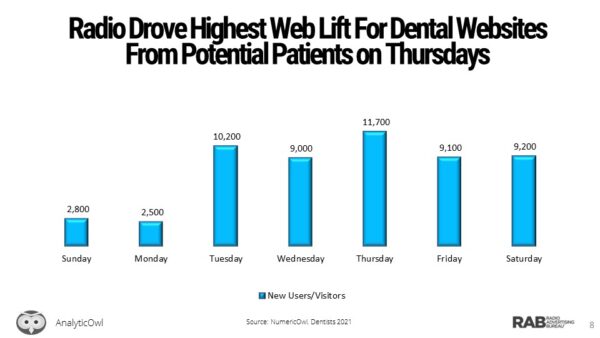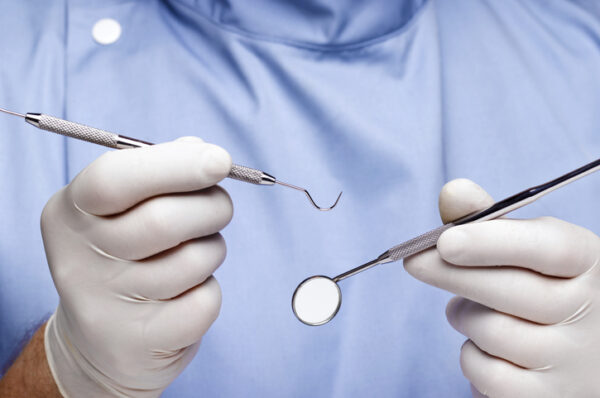Author: Annette Malave, SVP/Insights, RAB
Kissing a frog, being in a roomful of snakes or using a dirty toilet. Those are just a few of the things that people would rather experience than going to the dentist, according to DentaVox.
Many people have some trepidation about going to a dentist, but during the pandemic, those fears were elevated. Patient volume decreased significantly in 2020 and through 2021. While there has been some growth in patient volume in 2022, dental practices state that their schedules are only about 86% full as of June 2022, according to the American Dental Association. Like retail and other industries, dental practices are also having trouble finding and hiring staff.
Despite evidence that links oral health to a person’s overall health, people just won’t visit the dentist. Communicating a relaxed and safe practice environment is important for dental practices and using a trusted medium can help to share that message. That’s right – radio. Not only does radio reach 84% of adults who visited a dentist in the past year, or 83% of adults who have received a service like teeth whitening or veneers. Radio also drives traffic to dental care practice websites.
Based on an analysis of nearly 83,000 ads that ran in 2021, radio increased traffic to dental practice website by 5%. Representing 101 dental category advertisers, NumericOwl data showed that radio ads drove over 54,000 new users to these sites. Additionally, when radio ads were on air, they generated an 11% increase in site visits versus those days that the spots did not run. Radio also drives physical traffic – to dental practice locations. Based on this same data, radio campaign increased foot traffic by 33%.
Whether the traffic is online or onsite, radio ads influenced highest traffic activity on Thursdays. Website activity also increased on Tuesdays while in-person traffic also increased on Mondays. Times of day generating highest new visits per airing or new users varied for online activity and onsite foot traffic. Morning drive generated the highest number of new visits per airing for site activity but new in person traffic occurred mostly from 10 a.m. to 3 p.m.

The variances in days of week and dayparts for online versus onsite can probably be best explained by traditional consumer habits – visit the location and following up on the advertiser’s website. Remember, many consumers want a healthy and safe environment, and perhaps viewing the physical location prior to a website might ease some of that anxiety.
Going to the dentist may not be everyone’s idea of a fun time, but it is a wise decision to include in a personal overall health regimen and plan. Dental practice advertisers should openly address the need and importance of regular dental checkups. They should also acknowledge the fear some people have by communicating the care and safety precautions taken by the staff. Dental practice advertisers can use radio’s unique trusted relationship with its listeners to help communicate what a patient’s experience will be – friendly, relaxed, focused and safe.
Click here to view the entire analysis.



thank you.